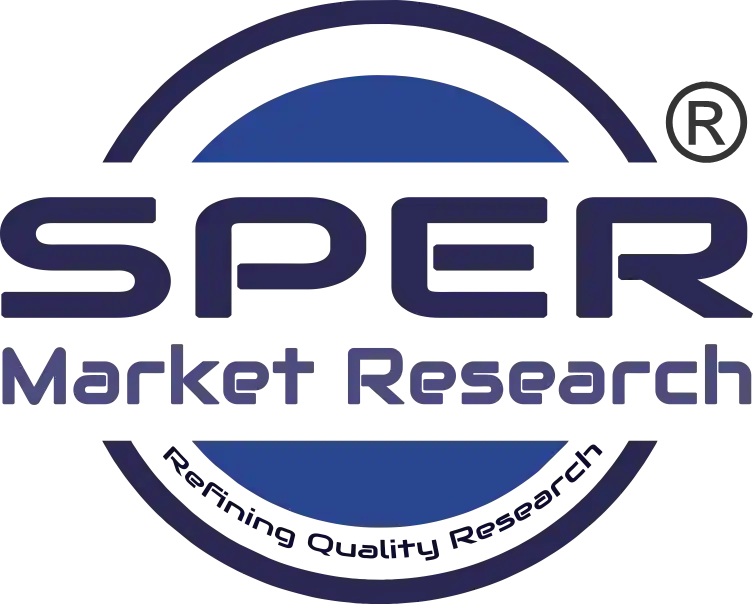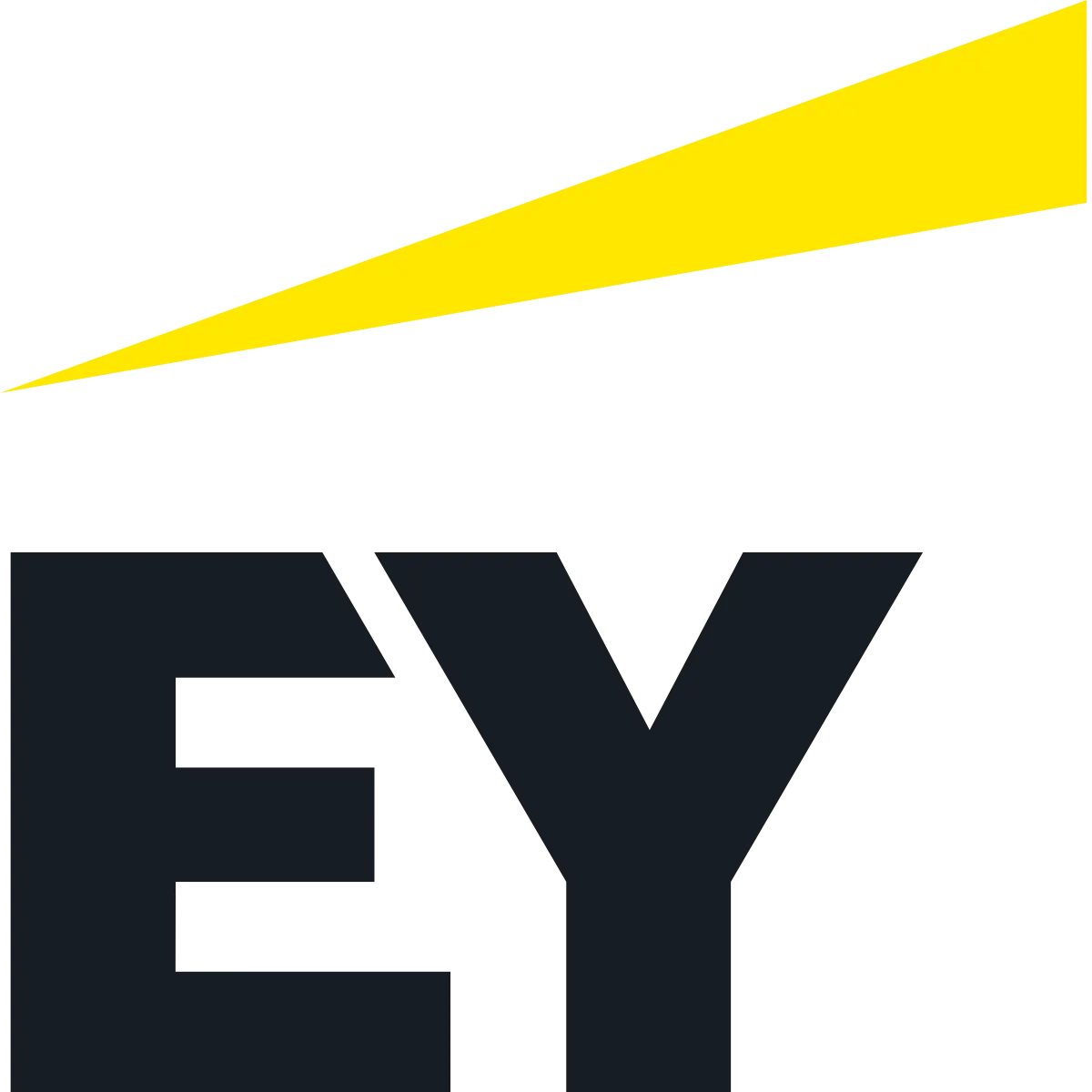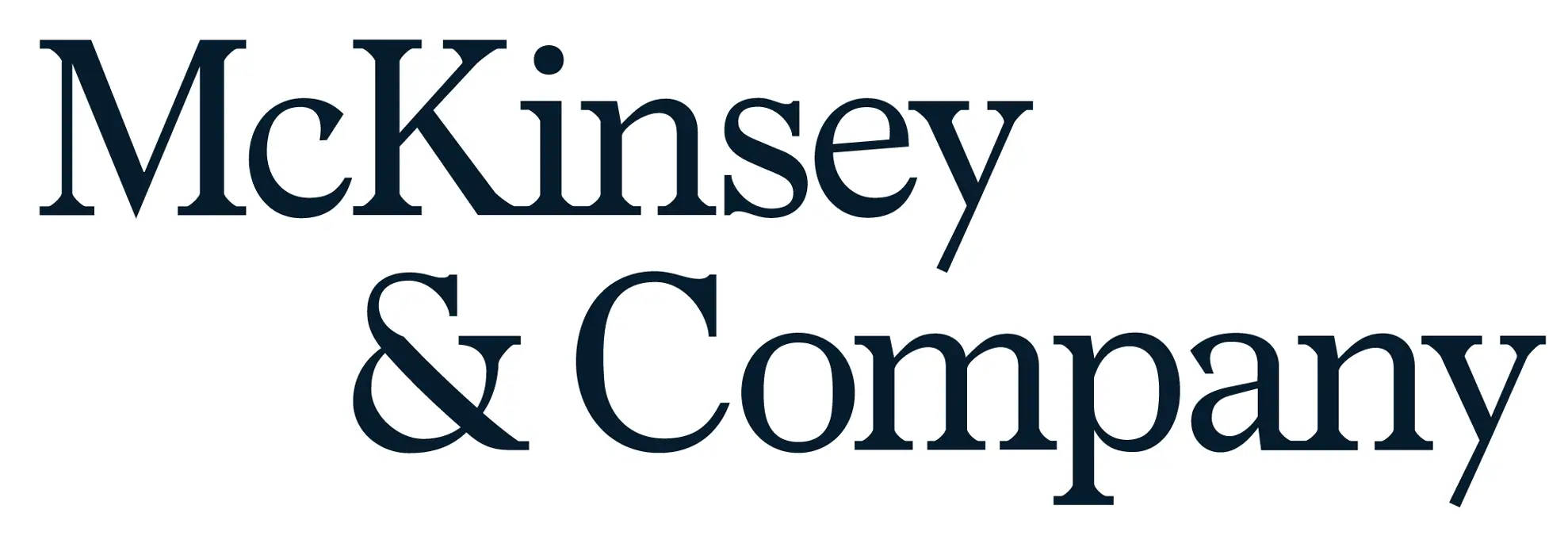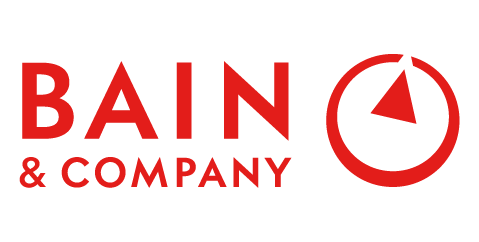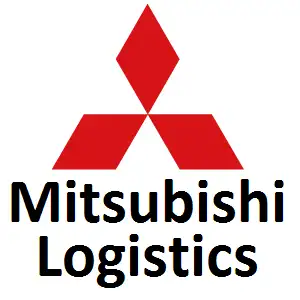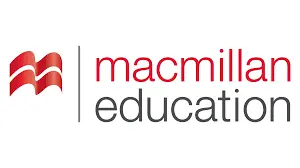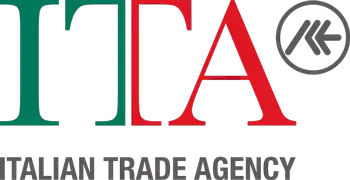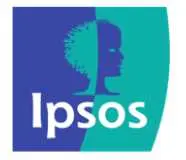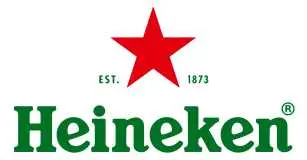
Synthetic Lubricants Market Trends, Size, Growth Drivers, Revenue and Future Outlook
Synthetic Lubricants Market Growth, Size, Trends Analysis - By Product, By Application - Regional Outlook, Competitive Strategies and Segment Forecast to 2034
| Published: Apr-2025 | Report ID: CHEM2526 | Pages: 1 - 246 | Formats*: |
| Category : Chemical & Materials | |||
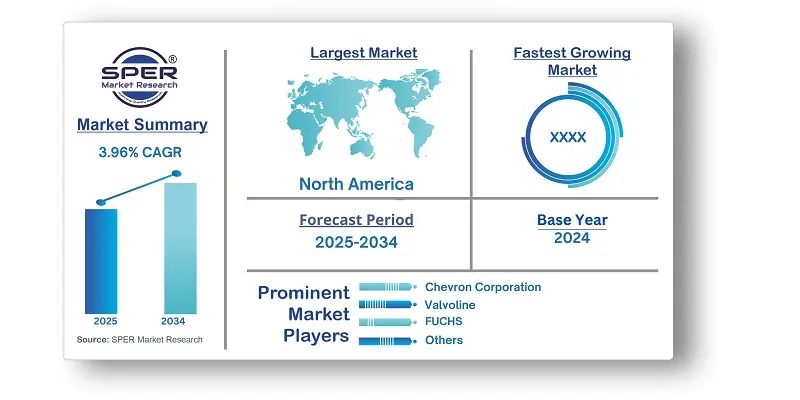
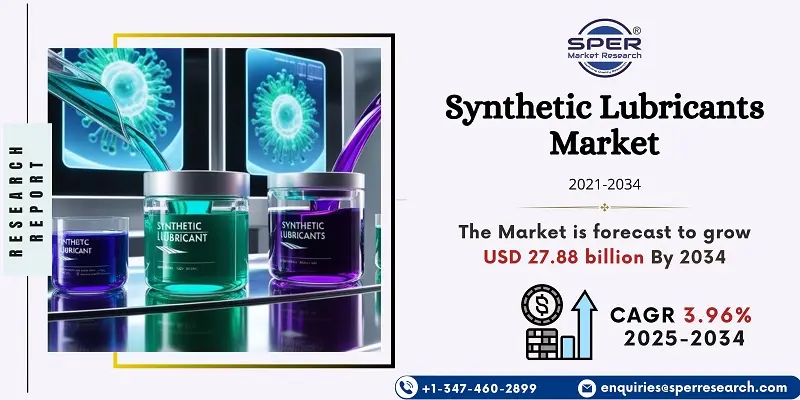
- In January 2024, Shell plc acquired MIDEL and MIVOLT from Manchester-based M&I Materials Ltd. This acquisition helps Shell enhance its unique position in Transformer Oils for power distribution and offshore wind parks.
- ExxonMobil introduced a new line of synthetic lubricants created exclusively for electric vehicles in September 2023, with the goal of increasing efficiency and minimising wear.
- In November 2024, Valvoline introduced its new Full Synthetic Gear Oil, which provides up to four times greater wear prevention than ordinary lubricants.
| Report Metric | Details |
| Market size available for years | 2021-2034 |
| Base year considered | 2024 |
| Forecast period | 2025-2034 |
| Segments covered | By Product, By Application. |
| Regions covered | North America, Latin America, Asia-Pacific, Europe, and Middle East & Africa. |
| Companies Covered | BP Lubricants Pvt. Ltd, Chevron Corporation, LANXESS, Valvoline, FUCHS, Pennzoil, Phillips 66 Company, Motul, AMSOIL INC, Agip. |
- Global Synthetic Lubricants Market Size (FY’2021-FY’2034)
- Overview of Global Synthetic Lubricants Market
- Segmentation of Global Synthetic Lubricants Market By Product (Esters, PAO, PAG)
- Segmentation of Global Synthetic Lubricants Market By Application (Engine Oil, HTFs, Transmission Fluids, Metalworking Fluids)
- Statistical Snap of Global Synthetic Lubricants Market
- Expansion Analysis of Global Synthetic Lubricants Market
- Problems and Obstacles in Global Synthetic Lubricants Market
- Competitive Landscape in the Global Synthetic Lubricants Market
- Details on Current Investment in Global Synthetic Lubricants Market
- Competitive Analysis of Global Synthetic Lubricants Market
- Prominent Players in the Global Synthetic Lubricants Market
- SWOT Analysis of Global Synthetic Lubricants Market
- Global Synthetic Lubricants Market Future Outlook and Projections (FY’2025-FY’2034)
- Recommendations from Analyst
1.1. Scope of the report1.2. Market segment analysis
2.1. Research data source
2.1.1. Secondary Data2.1.2. Primary Data2.1.3. SPERs internal database2.1.4. Premium insight from KOLs
2.2. Market size estimation
2.2.1. Top-down and Bottom-up approach
2.3. Data triangulation
4.1. Driver, Restraint, Opportunity and Challenges analysis
4.1.1. Drivers4.1.2. Restraints4.1.3. Opportunities4.1.4. Challenges
5.1. SWOT Analysis
5.1.1. Strengths5.1.2. Weaknesses5.1.3. Opportunities5.1.4. Threats
5.2. PESTEL Analysis
5.2.1. Political Landscape5.2.2. Economic Landscape5.2.3. Social Landscape5.2.4. Technological Landscape5.2.5. Environmental Landscape5.2.6. Legal Landscape
5.3. PORTERs Five Forces
5.3.1. Bargaining power of suppliers5.3.2. Bargaining power of buyers5.3.3. Threat of Substitute5.3.4. Threat of new entrant5.3.5. Competitive rivalry
5.4. Heat Map Analysis
6.1. Global Synthetic Lubricants Market Manufacturing Base Distribution, Sales Area, Product Type6.2. Mergers & Acquisitions, Partnerships, Product Launch, and Collaboration in Global Synthetic Lubricants Market
7.1. PAO7.2. Esters7.3. PAG
8.1. Engine Oil8.2. Heat Transfer Fluids (HTFs)8.3. Transmission Fluids8.4. Metalworking Fluids8.5. Others
9.1. Global Synthetic Lubricants Market Size and Market Share
10.1. Asia-Pacific
10.1.1. Australia10.1.2. China10.1.3. India10.1.4. Japan10.1.5. South Korea10.1.6. Rest of Asia-Pacific
10.2. Europe
10.2.1. France10.2.2. Germany10.2.3. Italy10.2.4. Spain10.2.5. United Kingdom10.2.6. Rest of Europe
10.3. Middle East and Africa
10.3.1. Kingdom of Saudi Arabia10.3.2. United Arab Emirates10.3.3. Qatar10.3.4. South Africa10.3.5. Egypt10.3.6. Morocco10.3.7. Nigeria10.3.8. Rest of Middle-East and Africa
10.4. North America
10.4.1. Canada10.4.2. Mexico10.4.3. United States
10.5. Latin America
10.5.1. Argentina10.5.2. Brazil10.5.3. Rest of Latin America
11.1. BP Lubricants Pvt. Ltd
11.1.1. Company details11.1.2. Financial outlook11.1.3. Product summary11.1.4. Recent developments
11.2. Chevron Corporation
11.2.1. Company details11.2.2. Financial outlook11.2.3. Product summary11.2.4. Recent developments
11.3. LANXESS
11.3.1. Company details11.3.2. Financial outlook11.3.3. Product summary11.3.4. Recent developments
11.4. Valvoline
11.4.1. Company details11.4.2. Financial outlook11.4.3. Product summary11.4.4. Recent developments
11.5. FUCHS
11.5.1. Company details11.5.2. Financial outlook11.5.3. Product summary11.5.4. Recent developments
11.6. Pennzoil
11.6.1. Company details11.6.2. Financial outlook11.6.3. Product summary11.6.4. Recent developments
11.7. Phillips 66 Company
11.7.1. Company details11.7.2. Financial outlook11.7.3. Product summary11.7.4. Recent developments
11.8. Motul
11.8.1. Company details11.8.2. Financial outlook11.8.3. Product summary11.8.4. Recent developments
11.9. AMSOIL INC
11.9.1. Company details11.9.2. Financial outlook11.9.3. Product summary11.9.4. Recent developments
11.10. Agip
11.10.1. Company details11.10.2. Financial outlook11.10.3. Product summary11.10.4. Recent developments
11.11. Others
SPER Market Research’s methodology uses great emphasis on primary research to ensure that the market intelligence insights are up to date, reliable and accurate. Primary interviews are done with players involved in each phase of a supply chain to analyze the market forecasting. The secondary research method is used to help you fully understand how the future markets and the spending patterns look likes.
The report is based on in-depth qualitative and quantitative analysis of the Product Market. The quantitative analysis involves the application of various projection and sampling techniques. The qualitative analysis involves primary interviews, surveys, and vendor briefings. The data gathered as a result of these processes are validated through experts opinion. Our research methodology entails an ideal mixture of primary and secondary initiatives.
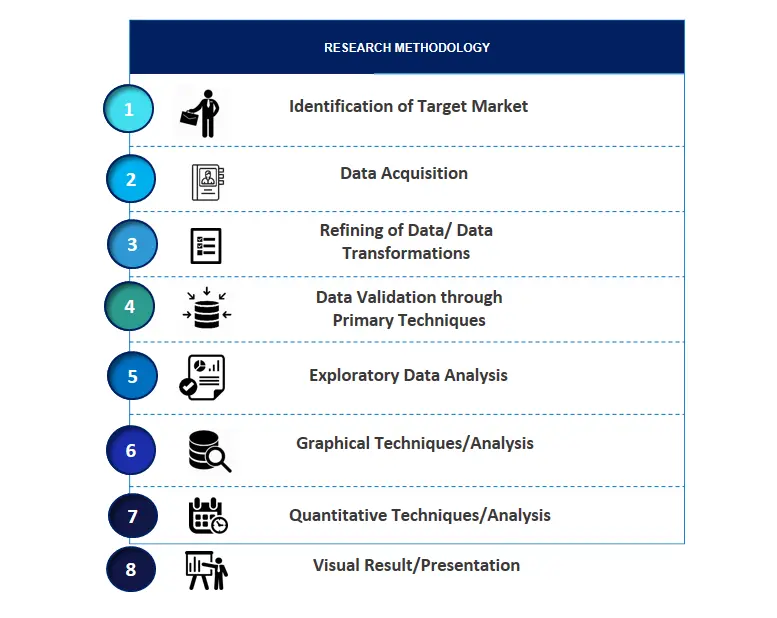
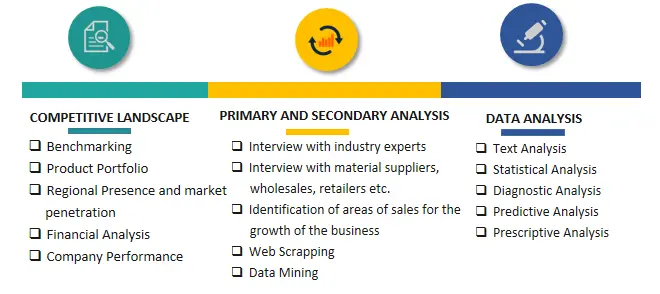

Frequently Asked Questions About This Report
PLACE AN ORDER
Year End Discount
Sample Report
Pre-Purchase Inquiry
NEED CUSTOMIZATION?
Request CustomizationCALL OR EMAIL US
100% Secure Payment
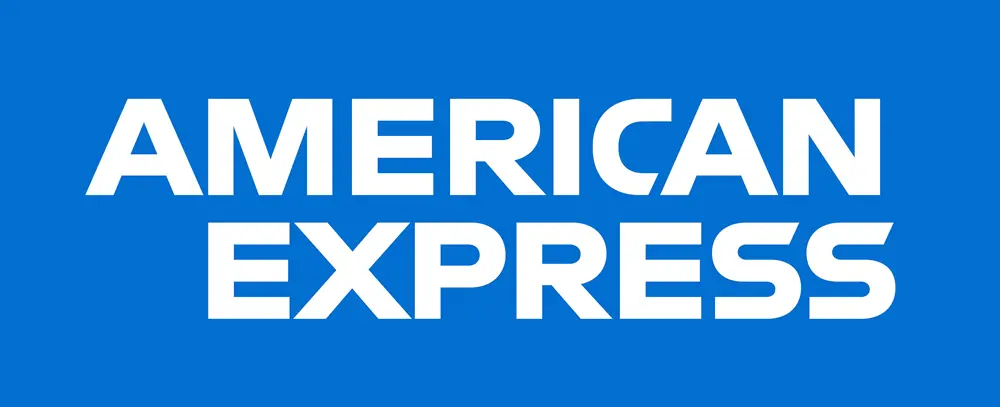

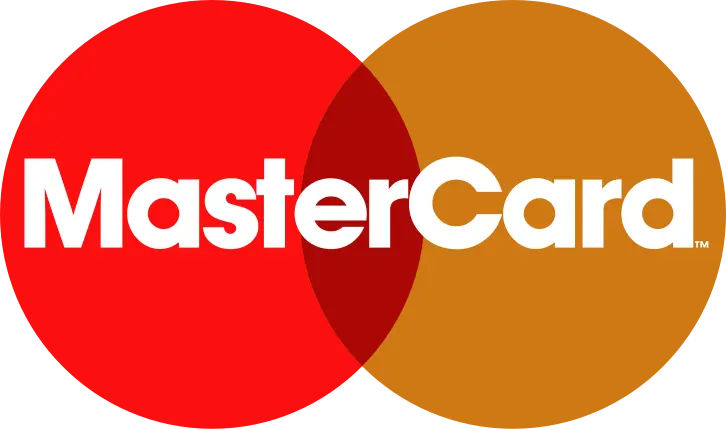



Related Reports
Our Global Clients
Our data-driven insights have influenced the strategy of 200+ reputed companies across the globe.
